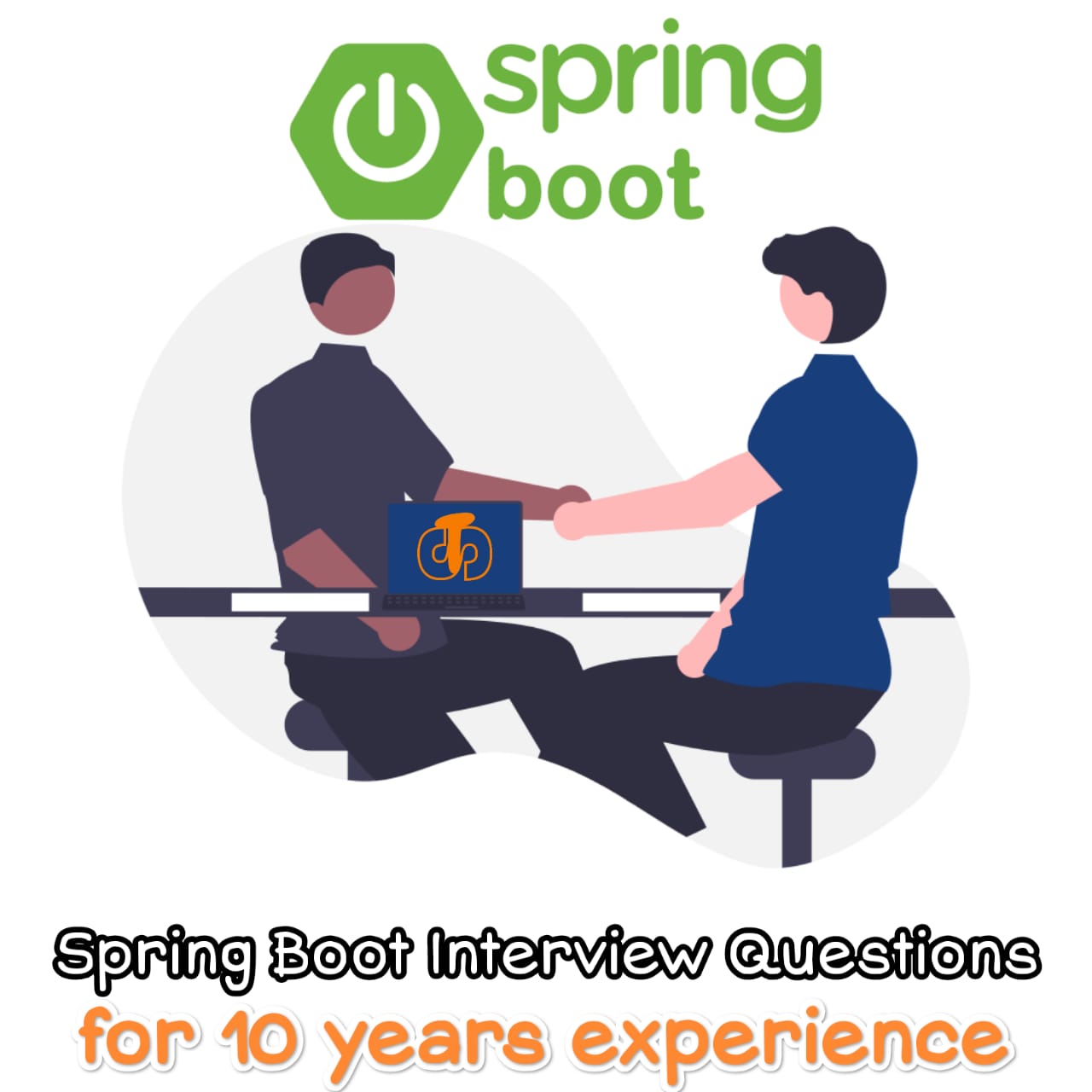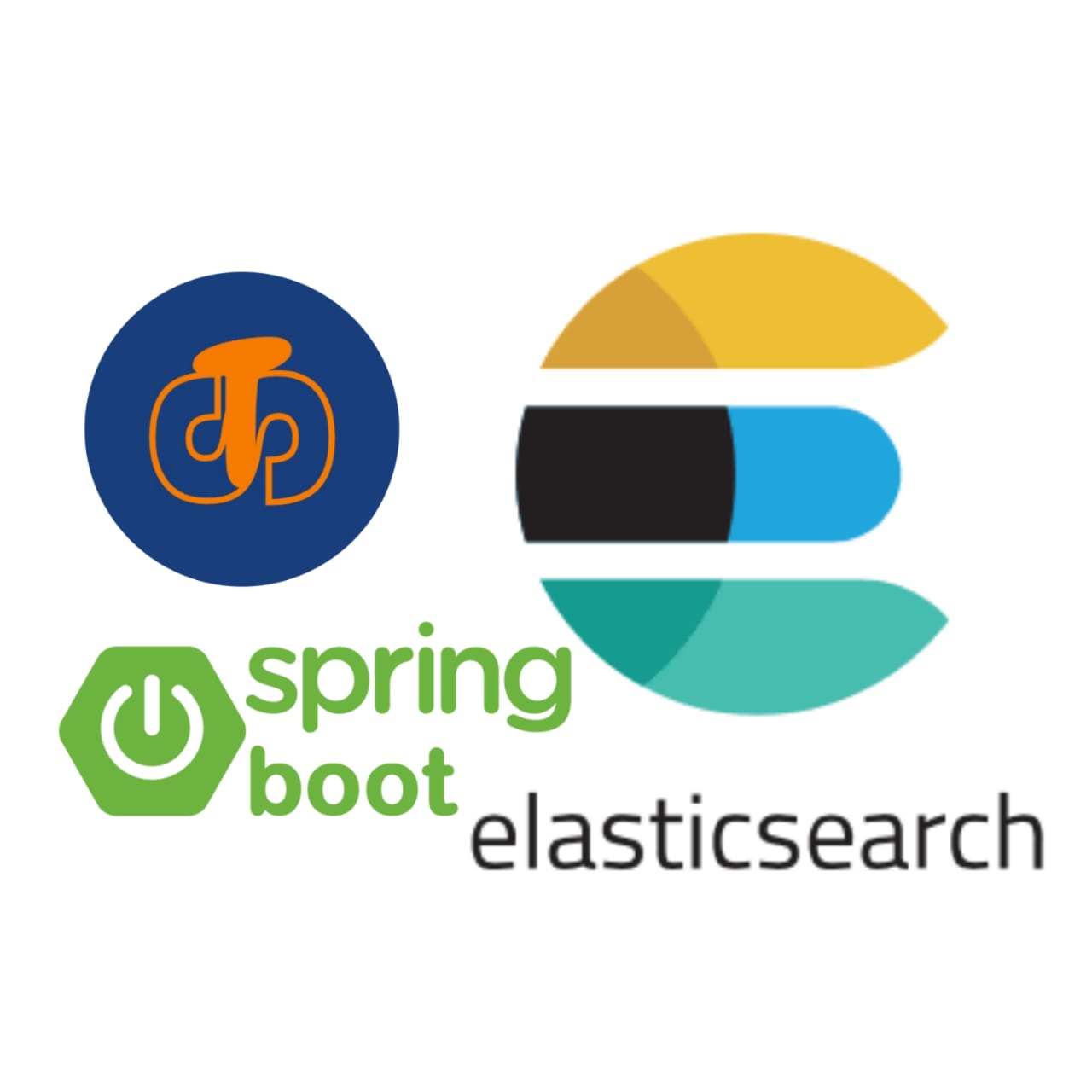GPT-based Text Generation - MGM
Welcome to Day 3 of our GPT course! Today, we will witness the magic of GPT models in generating human-like text and unleash our creativity with language models. Text generation is one of the most exciting applications of GPT models, allowing us to create coherent and contextually relevant text for various purposes.
Witness the Magic of GPT Models in Generating Human-Like Text
GPT models have the incredible ability to generate text that closely resembles human language. They achieve this through a technique called "transformer-based language modeling," where they predict the next word in a sequence given the previous context. This process allows them to generate fluent and contextually appropriate text, making them ideal for creative writing and content generation tasks.
Develop Your Text Generation Skills and Experiment with Different Prompts and Constraints
Now, it's time to roll up your sleeves and start developing your text generation skills. Let's explore how to generate text using a pre-trained GPT model and experiment with prompts and constraints.
# Import necessary libraries
import torch
from transformers import GPT2Tokenizer, GPT2LMHeadModel
# Load the pre-trained GPT-2 model and tokenizer
model_name = "gpt2"
tokenizer = GPT2Tokenizer.from_pretrained(model_name)
model = GPT2LMHeadModel.from_pretrained(model_name)
# Set the maximum length of the generated text
max_length = 100
# Generate text with a given prompt
def generate_text(prompt):
input_ids = tokenizer.encode(prompt, return_tensors="pt")
# Set the model to generate mode
model.eval()
# Generate text
with torch.no_grad():
output = model.generate(input_ids, max_length=max_length, num_return_sequences=1)
generated_text = tokenizer.decode(output[0], skip_special_tokens=True)
return generated_text
# Example usage
prompt = "Once upon a time"
generated_story = generate_text(prompt)
print(generated_story)
By experimenting with different prompts, you can steer the generated text in various directions, giving you control over the style and content of the output.
Explore Ways to Leverage Pre-trained Models for Creative Storytelling
Language models like GPT-2 have the potential to be amazing storytelling companions. By fine-tuning these models on specific story genres or characters, you can create custom storytellers tailored to your needs.
Furthermore, you can use conditional text generation techniques to guide the story's plot or add specific constraints to control the narrative. For instance, you can instruct the model to generate a story with a particular theme, character, or setting.
# Example of conditional text generation
prompt = "In a world where humans and dragons coexist,"
generated_story_with_constraint = generate_text(prompt)
print(generated_story_with_constraint)
As you can see, text generation with GPT models opens up a world of creative possibilities. Whether you're writing fictional stories, generating content for chatbots, or composing poetry, GPT-based text generation is a valuable tool in your creative toolkit.
Keep experimenting, and let your imagination run wild with the help of these powerful language models. Have fun creating and discovering the incredible capabilities of GPT-based text generation!








Comments
Post a Comment